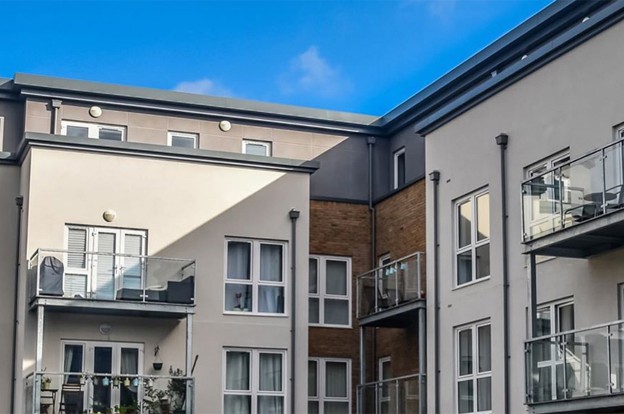
Spotlight: Fact and figures on new homes
The UK’s housing crisis is rarely out of the news, so how many new homes are being built, of what size and where?
Government data shows that the number of new homes created in England has hit its highest level in almost 30 years. More than 240,000 properties were added to the country’s housing stock in 2018-19 (also factoring in property demolitions). Under former chancellor Philip Hammond, the government set a target of building 300,000 new homes annually in England alone by the mid-2020s. The recent figures improve on the record low of 2012–13, when fewer than 125,000 homes were added.
The NHBC (the UK’s leading warranty and insurance provider for new homes) reports that 1.4 million new homes have been registered to be built in the last decade. 2019 was the highest year for UK new home registrations since 2007.
A recent BBC article gives the size of the average new home as 92 sq m, larger than an average existing home (89 sq m). This varies significantly across locations, however, with new homes in city centres being the smallest (64 sq m). Away from cities, new homes averaged 101 sq m.
London has, unsurprisingly, built the greatest number on new homes, but it isn’t the fastest growing city or large town.
Top 10 fastest growing cities and towns
Cambridge tops the list on a percentage basis, increasing the number
of its homes by 7,000 or 15%, according to recent research commissioned
by the BBC.
- Cambridge: up 15%
- Telford: up 12%
- Milton Keynes: up 11%
- Peterborough: up 10%
- Reading: up 10%
- Exeter: up 8%
- London: up 8%
- Wakefield: up 8%
- Newport: up 7%
- Swindon: up 7%
Elsewhere, the capitals lead the way. In Scotland, Edinburgh is building the most homes, while in Northern Ireland, Belfast is the fastest growing city.
